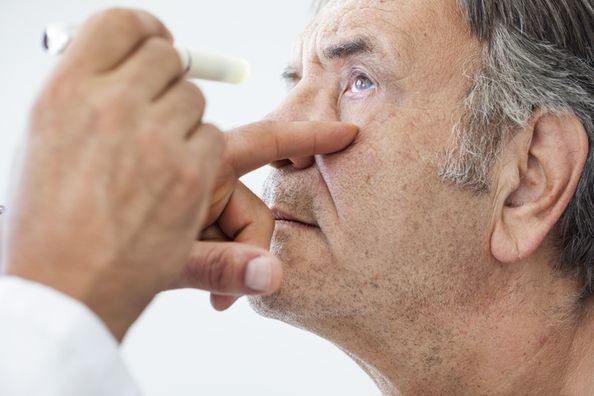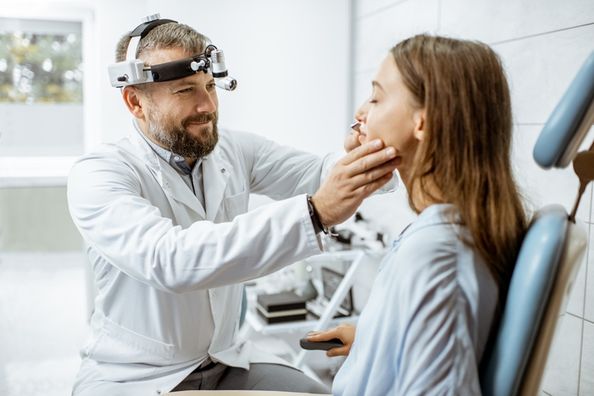
Joint Replacement Surgery During COVID-19
By David Alfieri, MD
Though you might feel reluctant to schedule your surgery, there is value in moving forward with your treatment. We are going above and beyond to ensure the health and safety of our patients, providers and associates. If you need joint replacement surgery, you can confidently know we have implemented many processes to ensure your safety every step of the way.









